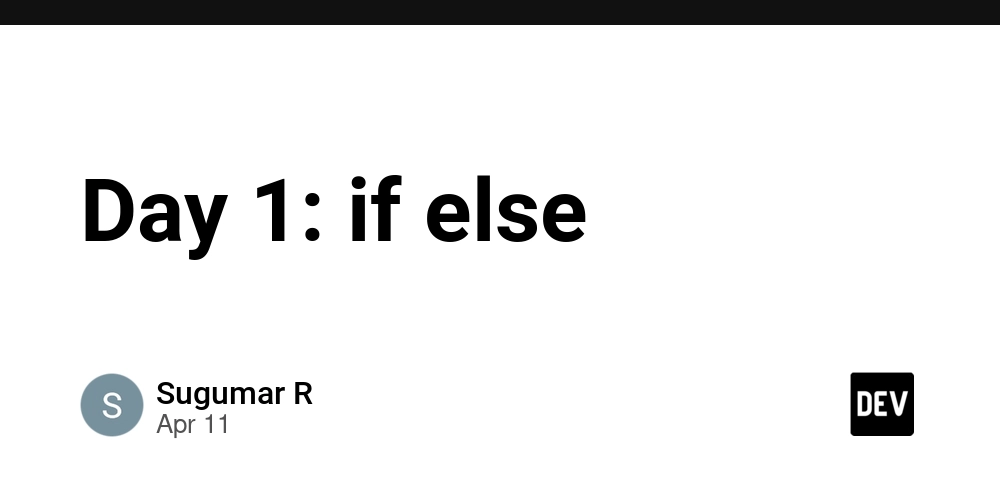Building a Reliable Event-Driven System with Golang and Redis Streams
Event-driven systems are widely used in modern software architecture, allowing components to communicate asynchronously. While traditional implementations often use message brokers like Kafka, Google Pub/Sub, or Amazon SQS, sometimes we want to build a lightweight yet reliable alternative for learning or custom requirements. In this post, we'll explore how to create a resilient event-driven system using Golang and Redis Streams. Why Reliability Matters in Event-Driven Systems In many cases, losing an event is unacceptable. Consider an alert monitoring system that notifies users of critical issues. Missing a single event could lead to severe consequences, such as downtime, security breaches, or failed transactions. Thus, we need a mechanism that ensures: Durability: Events should persist until processed. Acknowledgment & Retry: Events should not be lost if processing fails. Scalability: The system should handle multiple producers and consumers efficiently. Why Use Redis Streams Instead of Pub/Sub? While Redis Pub/Sub enables real-time event streaming, it lacks durability—messages are lost if no subscriber is active. Redis Streams, on the other hand, offers: Message persistence Consumer groups for parallel processing Message acknowledgment and replay Efficient handling of large-scale event processing Architecture Overview Our system consists of three main components: Event Producers: Services that generate and push events into Redis Streams. Redis Streams: The central event storage and message broker. Event Consumers: Workers that read, process, and acknowledge events. Implementing the System in Golang 1. Setting Up Redis Make sure you have Redis installed and running: redis-server 2. Installing Redis Client for Golang We'll use the github.com/redis/go-redis/v9 package to interact with Redis Streams: go get github.com/redis/go-redis/v9 3. Implementing an Event Producer The producer sends events to a Redis stream. package main import ( "context" "fmt" "log" "github.com/redis/go-redis/v9" ) var ctx = context.Background() func main() { client := redis.NewClient(&redis.Options{ Addr: "localhost:6379", }) eventData := map[string]interface{}{ "message": "Critical alert! Server down.", } _, err := client.XAdd(ctx, &redis.XAddArgs{ Stream: "alerts", Values: eventData, }).Result() if err != nil { log.Fatalf("Failed to publish event: %v", err) } fmt.Println("Event published successfully") } 4. Implementing an Event Consumer The consumer reads and processes events from Redis Streams. package main import ( "context" "fmt" "log" "github.com/redis/go-redis/v9" ) var ctx = context.Background() func main() { client := redis.NewClient(&redis.Options{ Addr: "localhost:6379", }) for { res, err := client.XRead(ctx, &redis.XReadArgs{ Streams: []string{"alerts", "$"}, Count: 1, Block: 0, }).Result() if err != nil { log.Fatalf("Failed to read event: %v", err) } for _, stream := range res { for _, message := range stream.Messages { fmt.Printf("Processing event: %v\n", message.Values) } } } } Enhancements for Production While this implementation is a simple demonstration, a production-ready version should include: Error handling & retries: Implement exponential backoff for failures. Consumer groups: Distribute workload across multiple consumers. Monitoring & logging: Track event processing metrics. Persistence & backups: Use disk persistence to prevent data loss. Conclusion Using Redis Streams and Golang, we can build a reliable event-driven system with durability, acknowledgment, and scalability. This lightweight alternative is great for learning and small-scale applications where high availability is required. Have you built an event-driven system with Redis Streams? Let me know your thoughts and experiences!

Event-driven systems are widely used in modern software architecture, allowing components to communicate asynchronously. While traditional implementations often use message brokers like Kafka, Google Pub/Sub, or Amazon SQS, sometimes we want to build a lightweight yet reliable alternative for learning or custom requirements. In this post, we'll explore how to create a resilient event-driven system using Golang and Redis Streams.
Why Reliability Matters in Event-Driven Systems
In many cases, losing an event is unacceptable. Consider an alert monitoring system that notifies users of critical issues. Missing a single event could lead to severe consequences, such as downtime, security breaches, or failed transactions. Thus, we need a mechanism that ensures:
Durability: Events should persist until processed.
Acknowledgment & Retry: Events should not be lost if processing fails.
Scalability: The system should handle multiple producers and consumers efficiently.
Why Use Redis Streams Instead of Pub/Sub?
While Redis Pub/Sub enables real-time event streaming, it lacks durability—messages are lost if no subscriber is active. Redis Streams, on the other hand, offers:
Message persistence
Consumer groups for parallel processing
Message acknowledgment and replay
Efficient handling of large-scale event processing
Architecture Overview
Our system consists of three main components:
Event Producers: Services that generate and push events into Redis Streams.
Redis Streams: The central event storage and message broker.
Event Consumers: Workers that read, process, and acknowledge events.
Implementing the System in Golang
1. Setting Up Redis
Make sure you have Redis installed and running:
redis-server
2. Installing Redis Client for Golang
We'll use the github.com/redis/go-redis/v9 package to interact with Redis Streams:
go get github.com/redis/go-redis/v9
3. Implementing an Event Producer
The producer sends events to a Redis stream.
package main
import (
"context"
"fmt"
"log"
"github.com/redis/go-redis/v9"
)
var ctx = context.Background()
func main() {
client := redis.NewClient(&redis.Options{
Addr: "localhost:6379",
})
eventData := map[string]interface{}{
"message": "Critical alert! Server down.",
}
_, err := client.XAdd(ctx, &redis.XAddArgs{
Stream: "alerts",
Values: eventData,
}).Result()
if err != nil {
log.Fatalf("Failed to publish event: %v", err)
}
fmt.Println("Event published successfully")
}
4. Implementing an Event Consumer
The consumer reads and processes events from Redis Streams.
package main
import (
"context"
"fmt"
"log"
"github.com/redis/go-redis/v9"
)
var ctx = context.Background()
func main() {
client := redis.NewClient(&redis.Options{
Addr: "localhost:6379",
})
for {
res, err := client.XRead(ctx, &redis.XReadArgs{
Streams: []string{"alerts", "$"},
Count: 1,
Block: 0,
}).Result()
if err != nil {
log.Fatalf("Failed to read event: %v", err)
}
for _, stream := range res {
for _, message := range stream.Messages {
fmt.Printf("Processing event: %v\n", message.Values)
}
}
}
}
Enhancements for Production
While this implementation is a simple demonstration, a production-ready version should include:
Error handling & retries: Implement exponential backoff for failures.
Consumer groups: Distribute workload across multiple consumers.
Monitoring & logging: Track event processing metrics.
Persistence & backups: Use disk persistence to prevent data loss.
Conclusion
Using Redis Streams and Golang, we can build a reliable event-driven system with durability, acknowledgment, and scalability. This lightweight alternative is great for learning and small-scale applications where high availability is required.
Have you built an event-driven system with Redis Streams? Let me know your thoughts and experiences!










































































































































































![[The AI Show Episode 144]: ChatGPT’s New Memory, Shopify CEO’s Leaked “AI First” Memo, Google Cloud Next Releases, o3 and o4-mini Coming Soon & Llama 4’s Rocky Launch](https://www.marketingaiinstitute.com/hubfs/ep%20144%20cover.png)
















































































































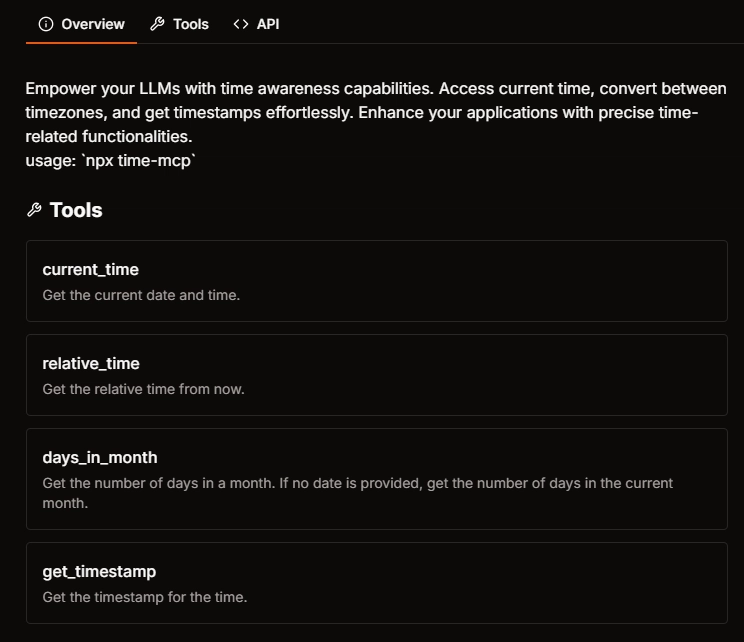
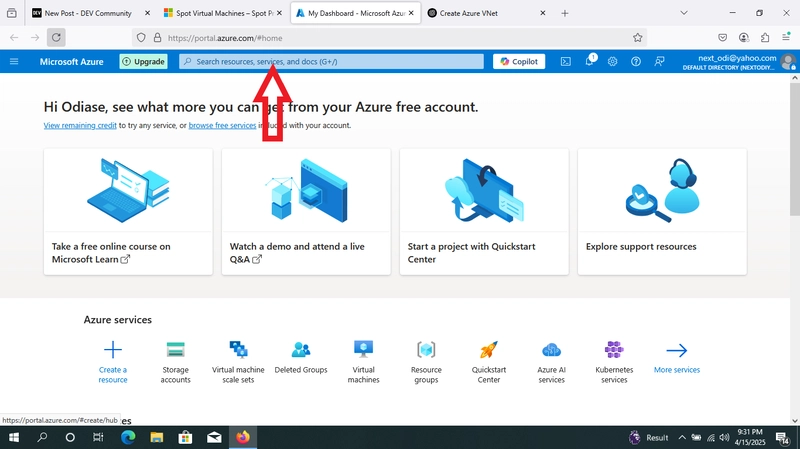




















































































![Blue Archive tier list [April 2025]](https://media.pocketgamer.com/artwork/na-33404-1636469504/blue-archive-screenshot-2.jpg?#)






























.png?#)











-Baldur’s-Gate-3-The-Final-Patch---An-Animated-Short-00-03-43.png?width=1920&height=1920&fit=bounds&quality=70&format=jpg&auto=webp#)














































































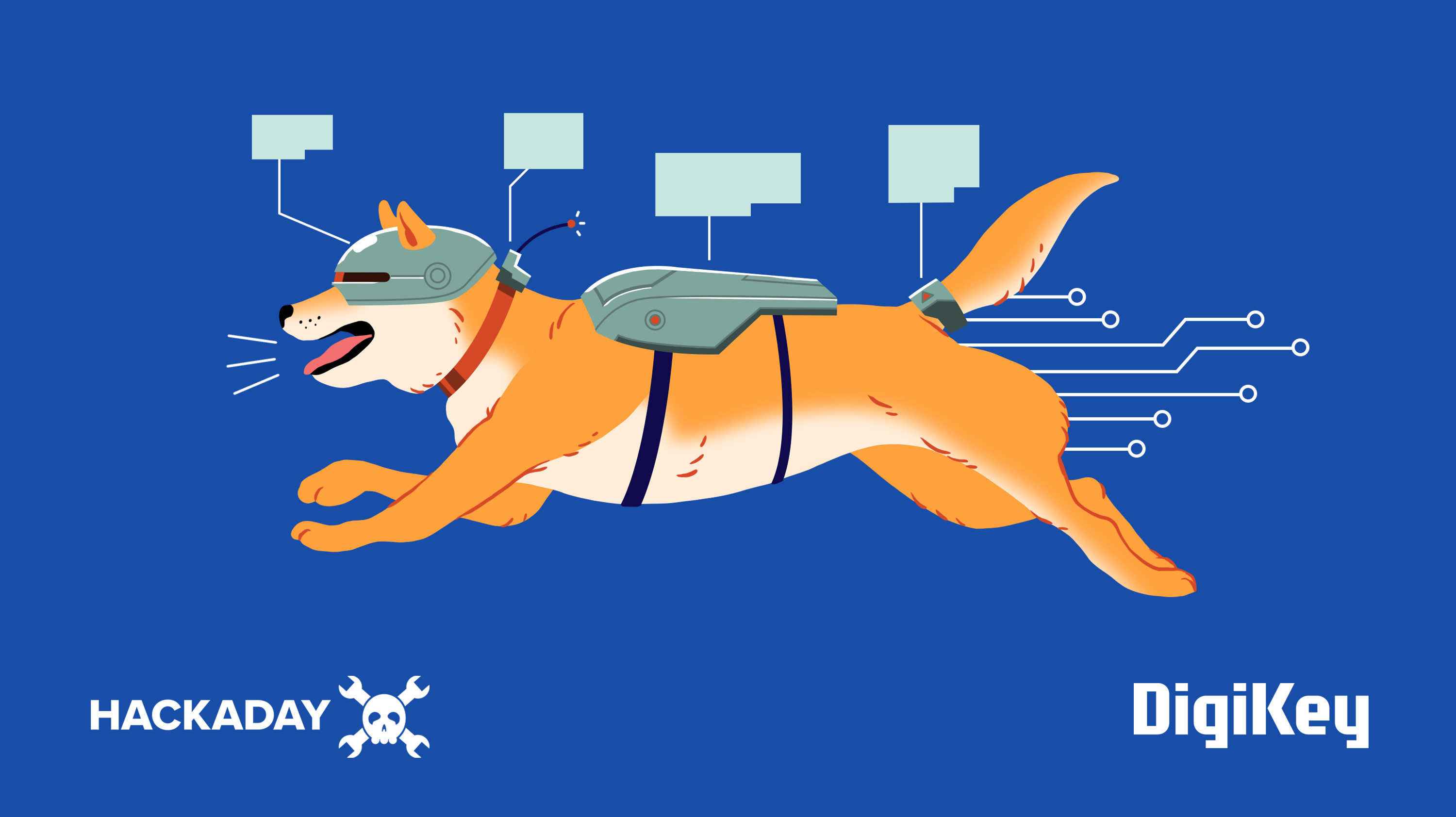























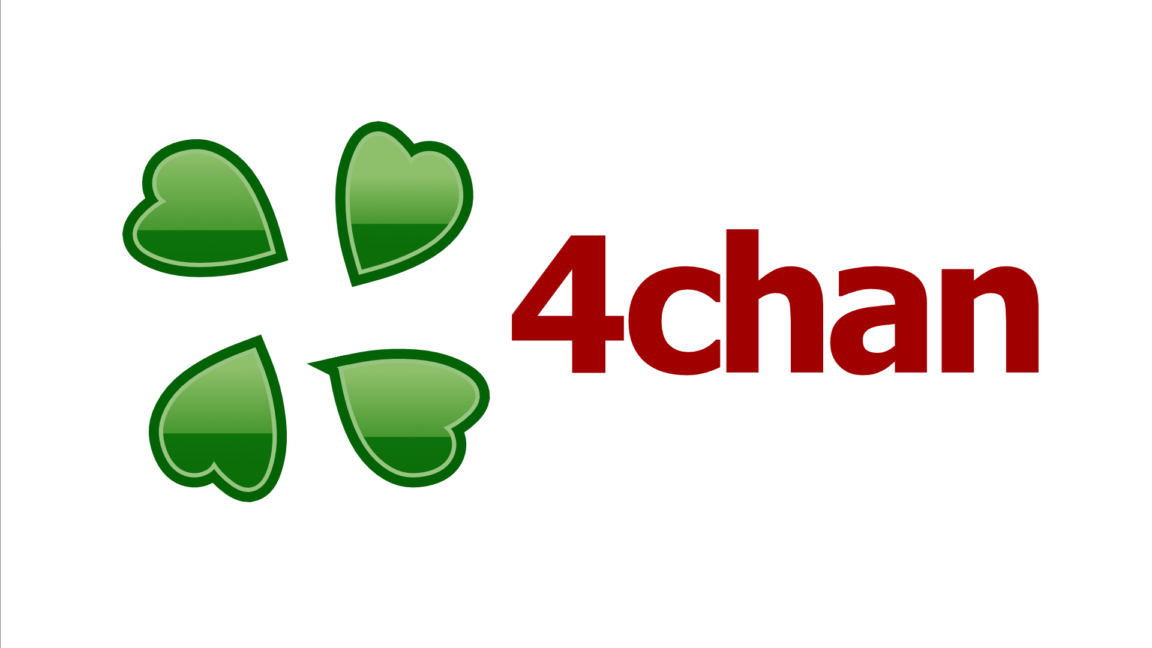






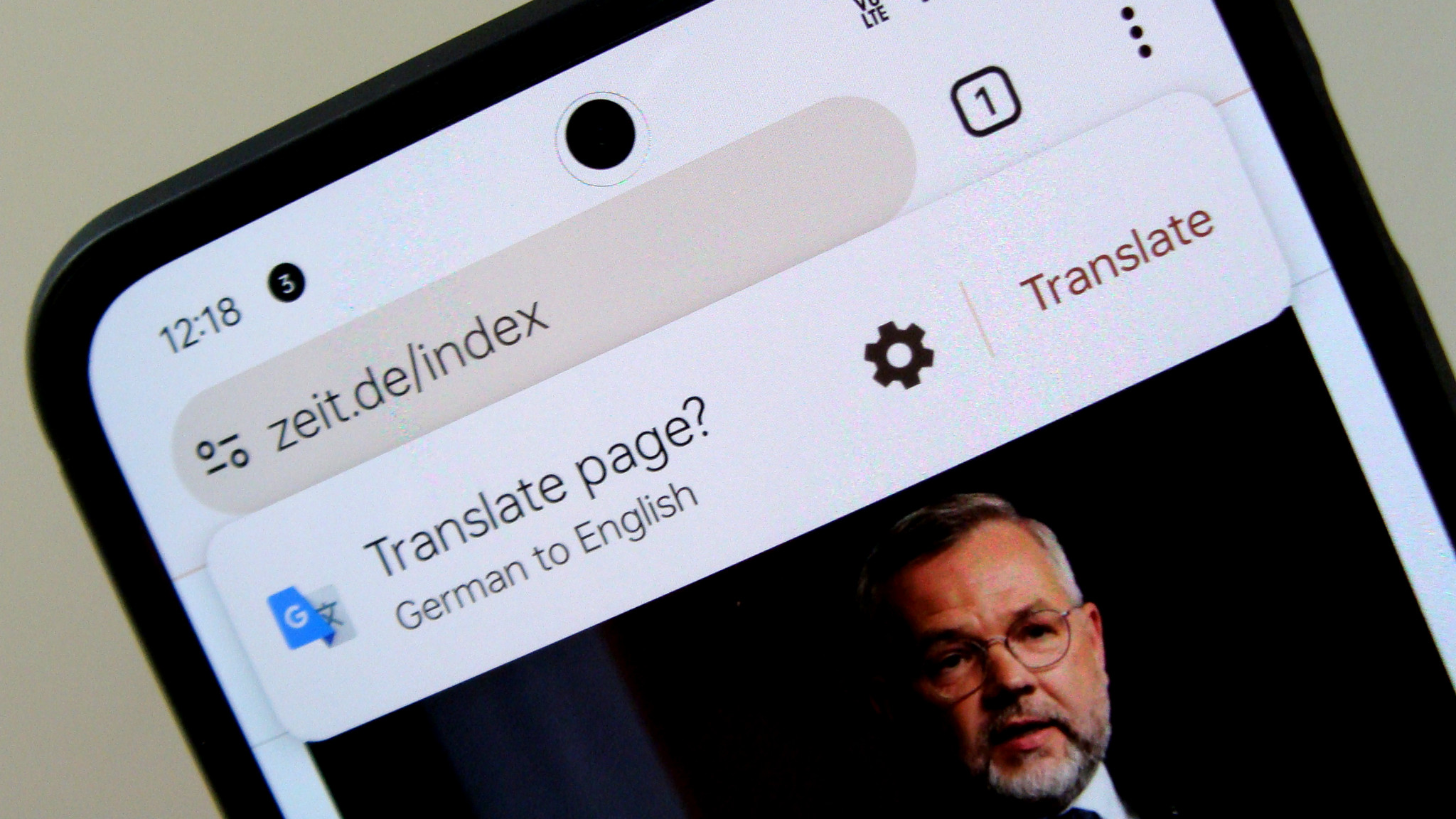
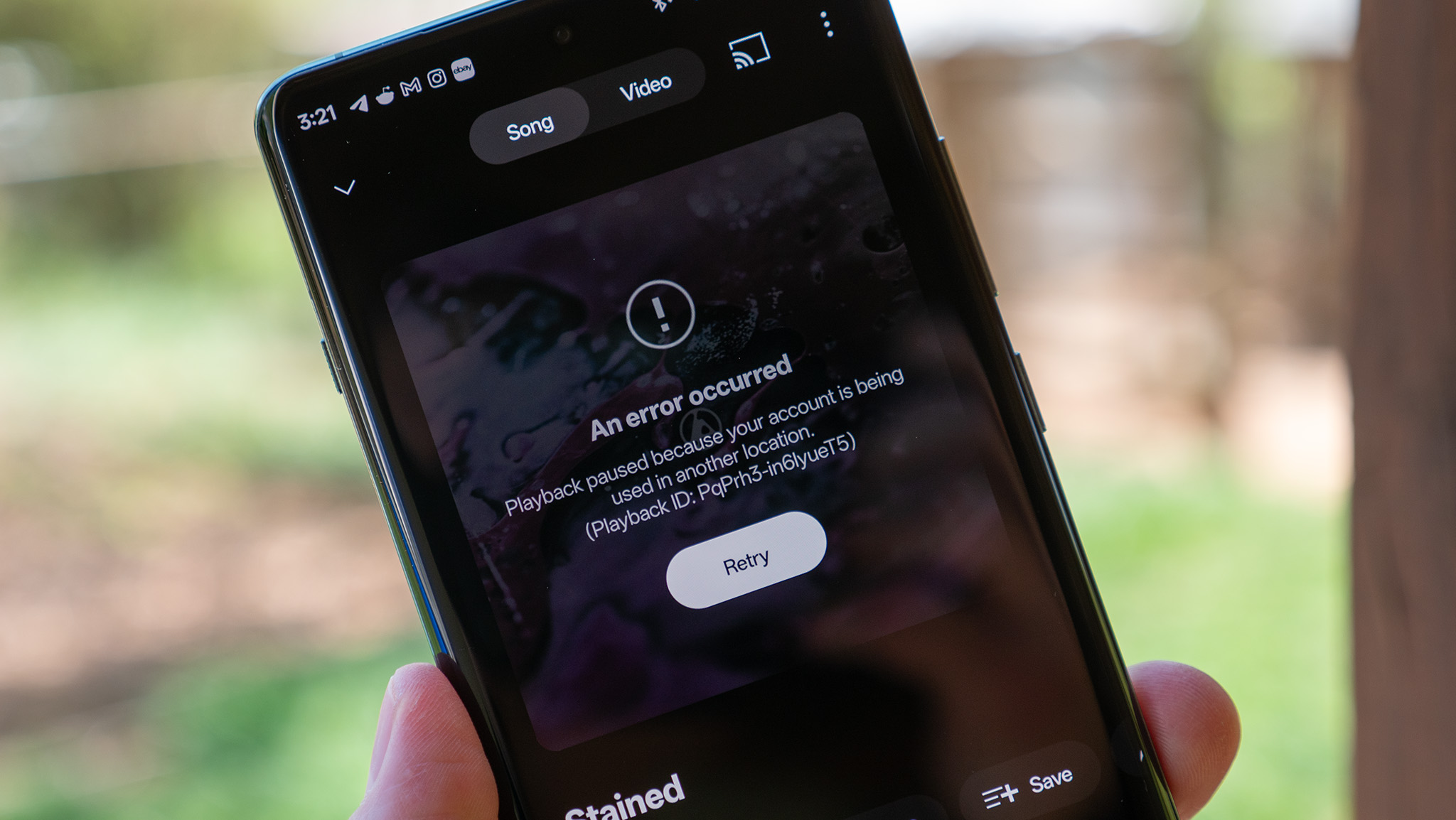





















![Apple's Foldable iPhone May Cost Between $2100 and $2300 [Rumor]](https://www.iclarified.com/images/news/97028/97028/97028-640.jpg)
![Apple Releases Public Betas of iOS 18.5, iPadOS 18.5, macOS Sequoia 15.5 [Download]](https://www.iclarified.com/images/news/97024/97024/97024-640.jpg)
![Apple to Launch In-Store Recycling Promotion Tomorrow, Up to $20 Off Accessories [Gurman]](https://www.iclarified.com/images/news/97023/97023/97023-640.jpg)














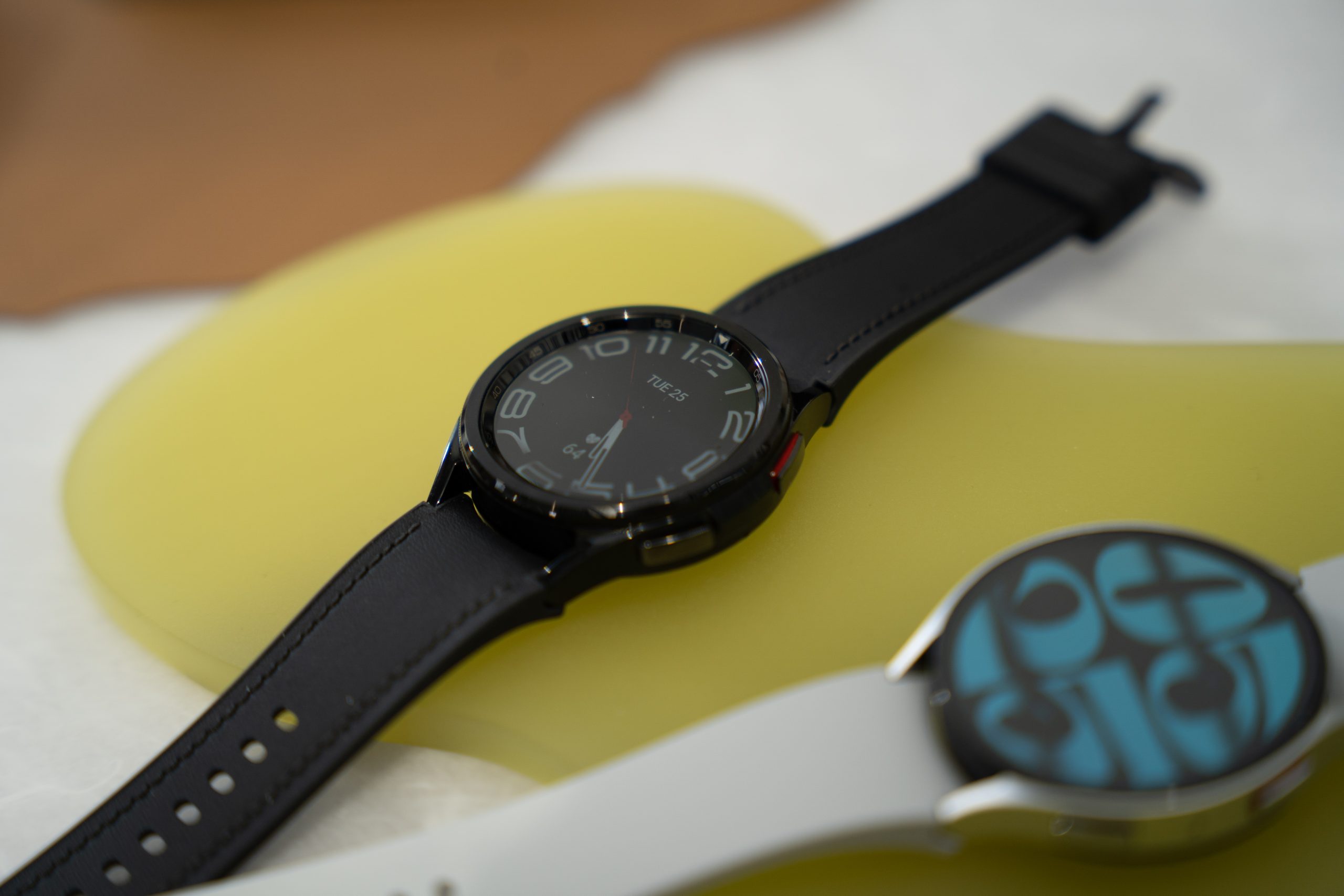






















































































































![[Part 6]Error Handling and Exception Handling in Python for Robustness](https://media2.dev.to/dynamic/image/width=800%2Cheight=%2Cfit=scale-down%2Cgravity=auto%2Cformat=auto/https%3A%2F%2Fdev-to-uploads.s3.amazonaws.com%2Fuploads%2Farticles%2Ft8kbjtr43le4x9cer1rn.png)
